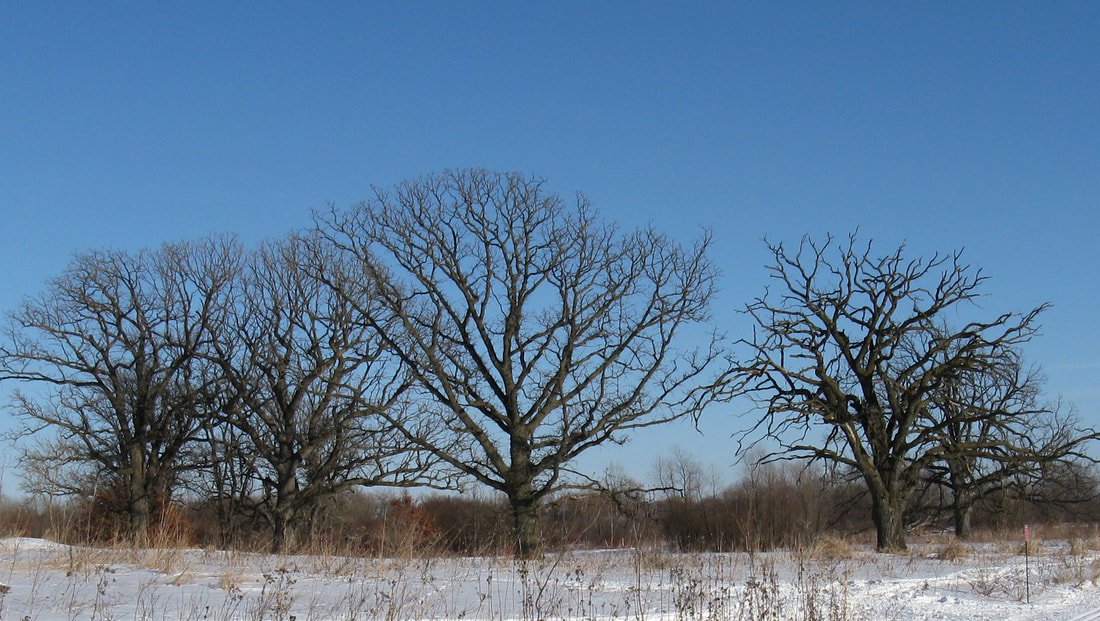|
Even for the most experienced Master Gardener, the term keystone plant may be new. Thrown around by ecologists, a keystone plant is one with high ecological value – one that is significant as a food source. In fact, the National Wildlife Federation (NWF) states that 96 percent of U.S. terrestrial birds rely on insects supported by keystone plants. Interestingly enough, in Wisconsin, trees top our list of keystone plants.
In a recent article by Jennifer Rude Klett for the Milwaukee Journal Sentinel, oak trees – to include white, bur, swamp white, chinkapin and black -- stood out on top of the list. According to the NWF’s list of keystone plants by ecoregion, the white oak Quercus alba is listed as the number one keystone plant for most of the state, in part because of its role as a host plant for up to 450 species of caterpillars. Caterpillar diversity is the main reason a tree may be listed as a keystone plant. According to the article, in addition to oaks, other trees that top the list include American plum, black cherry, chokecherry, river birch, sweet birch, bitternut hickory and Eastern white pine. Sugar maple, Wisconsin’s state tree, is another keystone plant that acts as a host plant for well over 200 caterpillar species. Interestingly, silver maple and box elder, also a member of the maple family, along with Eastern cottonwood, are also keystone plants, according to the NWF. Those three, however, are sometimes thought of as “junk” trees to be removed but nonetheless offer high wildlife value. Neil Diboll, a noted Wisconsin expert on keystone plants, stated that “most gardeners do not know about keystone plants because our culture does not focus on the ecology of our gardens and landscapes. You need a diverse mix of trees, shrubs and flowers, along with some grasses and maybe some sedges, to create a complete habitat for pollinators, birds and other wildlife. It’s all about the diversity.” To learn more about keystone plants…and trees, read the complete article.
0 Comments
Leave a Reply. |
|
| North Country MGV | gARDEN bLOGS |
Location |
|

 RSS Feed
RSS Feed